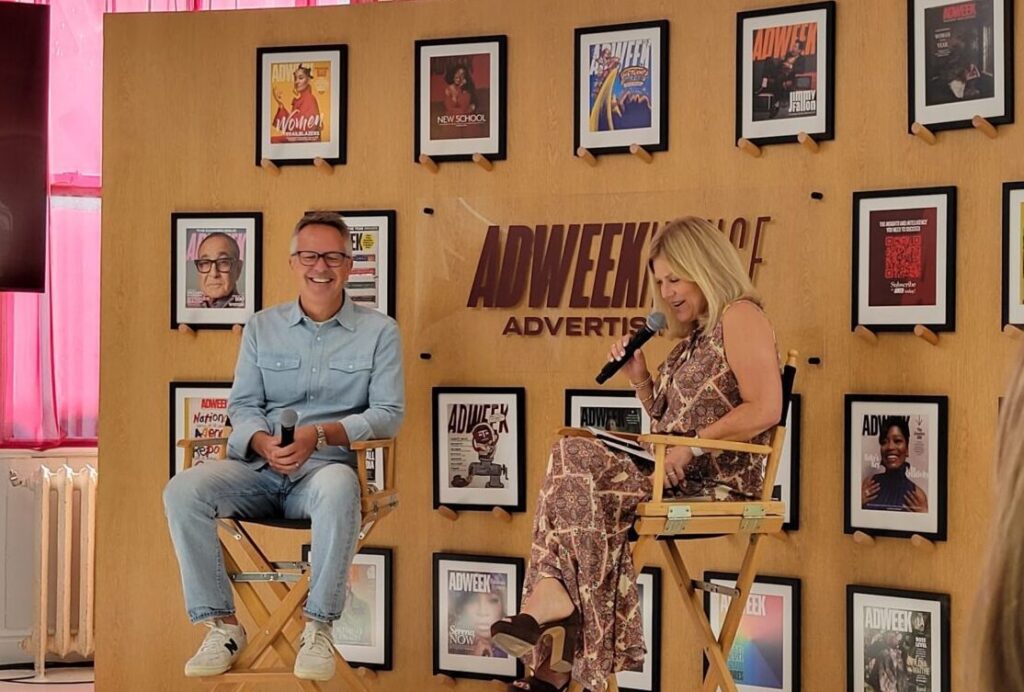Frequent-flier miles will not become a passé payment option despite the foul financials of some of their biggest sponsors. So says Tim Olson, founder of non-defunct travel loyalty coalition WebMiles, who calls miles “as addictive as crack cocaine.”
United Airlines’ Mileage Plus members have been privy to a host of promotions since the Elk Grove, IL-based carrier’s Chapter 11 bankruptcy filing on Dec. 9. In its first mileage-related announcement on Dec. 17, it extended its elite qualification period until March 31 for select members. United’s code-share partners Lufthansa and US Airways (which itself has experienced bankruptcy proceedings) pitched in on such perks as elite mileage bonus matches and transfer of upgrades. Through Bank One, United’s cobranded credit card issuer, cardholders cashed in with a month-long offer in which they automatically earned double miles for all restaurant and home-improvement store purchases charged on their Mileage Plus Visa cards. Additionally, from Feb. 1 through April 30, cardholders earn up to 1,000 bonus miles at any of nearly 10,000 participating Mileage Plus Dining restaurants nationwide.
United has managed to hold onto its best customers, fans of the nation’s second-largest (behind American Airlines) carrier. The shaky finances of the mammoth loyalty marketer could ripple outside of the airline industry into retail and other verticals that have learned loyalty program development and delivery from United and its category colleagues. But Bank One has joined with four other banks to keep United flying high. The group has contributed $1.5 billion, and of Bank One’s $600 million, $300 million are purchased frequent-flier miles. Mileage Plus will survive.
United does its part in sticking to its obligations to customers and business alliances and sponsoring goodwill promotions that cost the airline very little, especially given that 80 percent of earned miles are never redeemed, says Steven Georgeou, president of travel program consultancy Geocom Inc., New York. United charged members for the elite qualification extension, generating some much-needed cash but also affirming the value of Mileage Plus benefits, he says, by attaching a dollar amount to a program perk. “United needed to put some value to those miles rather than give them away,” he says.
Arlington, VA-based US Airways, which filed for Chapter 11 protection in August, and — as of PROMO’s press date — expected to emerge on March 31, reciprocated all elite-tier recognition benefits with United, including priority boarding, check-in, seat assignments and waitlisting. Beginning April 1, United Mileage Plus members and US Airways Dividend Miles members can reserve and redeem award travel on either carrier.
To preserve its own prized passengers, US Airways introduced bonus electronic upgrades for its Silver Preferred and Gold Preferred loyalty members on March 1. US Airways also upgraded request systems so Dividend Miles members may ask for an automatic upgrade when booking. In November, US Airways began awarding United Mileage Plus members with a triple miles offer in both Dividend Miles and Mileage Plus programs. The promotion, initially set to expire Dec. 31, 2002, was extended to June 30, 2003.
The Dividend Miles program “has only gotten better” since US Airways entry into bankruptcy, says Amy Kudwa, an airline spokeswoman. Although she wouldn’t comment on the carrier’s customer retention strategy in the midst of bankruptcy proceedings, “we haven’t seen any significant changes in consumer behavior,” she says. “The whole point of a loyalty program such as Dividend Miles is to keep customers interested,” and US Airways’ use of promotions seems to have met this goal. (Kudwa would not release numbers substantiating the success of the airlines’ promotions, calling the measures proprietary.)
Is consumer loyalty threatened when an airline’s finances make headlines? “Because there have been a number of bankruptcies (in the industry), I don’t see that there are a lot of consumer concerns. If you had seen a major airline liquidate, yes, consumers would be concerned,” Georgeou says, but “so many airlines have [declared bankruptcy] — and emerged stronger. Continental’s done it twice, TWA did it twice, US Airways is in it and expected to emerge before April 1. …I don’t believe there is disappointment with United or any other airlines.”
“United just joined the club,” agrees Al Ries, chairman of Ries & Ries, Roswell, GA.
WebFlyer.com conducted a poll of frequent travelers in mid-February, in which 61 percent of those interviewed said they expected a good or very good chance that United would emerge from bankruptcy rather than liquidate; 68.7 percent predicted US Airways would emerge from bankruptcy; 62.2 percent were keeping their cool and their miles; 63.5 percent avoided paid travel on either carrier because it had secured bankruptcy protection; and 44.4 percent anticipated increased travel with either once they put bankruptcy in their past.
If in cutting costs to emerge from bankruptcy, though, United eliminates some flights to its top 10 frequent-flier award destinations, including New York and San Francisco, “there will be trouble in Mileage Plus,” Georgeou says. “The issue is really availability of seats for frequent-flier awards. Eight to 10 seats are allocated for frequent-flier miles per flight, and this will continue.”
Ries calls for a rewards revolution. Promotions and benefit extensions start United’s Mileage Plus on the runway to relationship rapture, but it has to do something bigger and better to capture people’s attention and greater profitability for the carrier, he says.
“I have been complaining about frequent-flier programs forever because their modus operandi is: ‘Screw your loyal customers and offer cheap tickets to people you don’t want.’ That’s the exact opposite of a good loyalty program,” he says. “In the short run, you have two prices for every seat. It makes a lot of sense and quick money, but many fliers are deserting United to go to Jet Blue and Southwest.” Bankruptcy protection not only gives airlines breathing room in compensating their creditors, but Ries hopes it provides them with pause to ponder frequent-flier program progression.
 Network
Network

